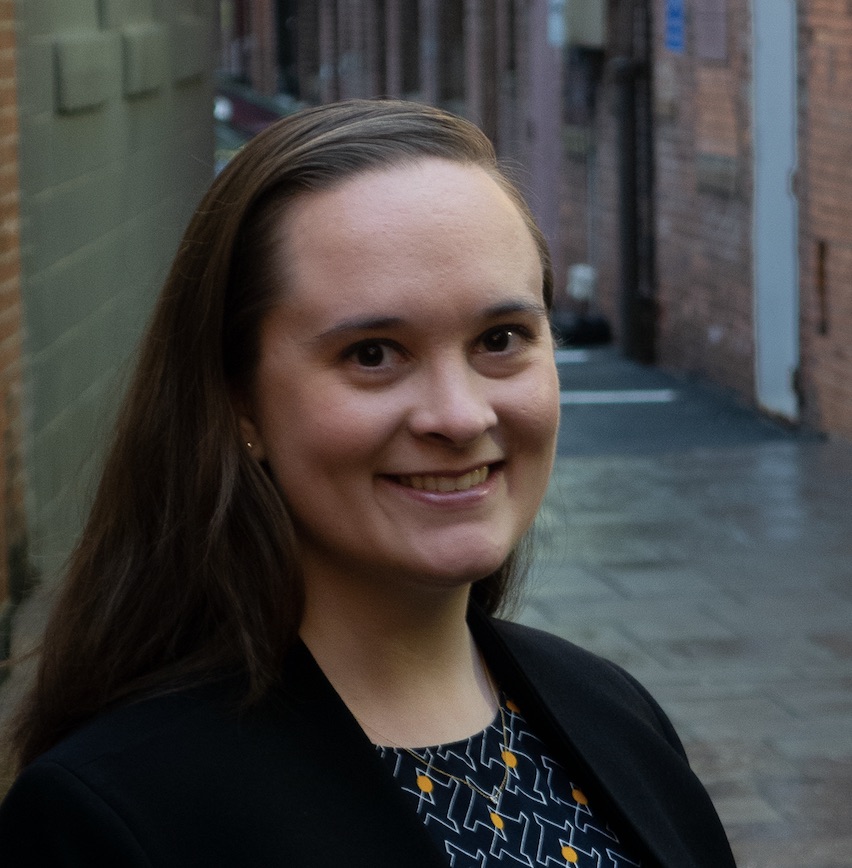Fourteen Places Have Passed Local Surveillance Laws. Here’s How They’re Doing.
These procedures show promise as a complement to judicial oversight, but cities could do more to stop vendors from shielding surveillance tools from scrutiny.

Published by The Lawfare Institute
in Cooperation With

As protests against police brutality have continued nationwide, Madison, Wisconsin, and New York City have joined 12 other localities that have established procedures for deciding when and how local police can surveil residents. These kinds of municipal laws have gained momentum in recent years in the wake of concerns about surveillance during the Black Lives Matter demonstrations in Ferguson, Missouri, in 2014 and the 2016 oil pipeline protests at the Sioux Standing Rock reservation. I analyzed these 14 local efforts in a new paper in the Santa Clara High Technology Law Journal and show what these laws have, and have not, accomplished. Overall, these procedures show promise and should be adopted as a complement to judicial oversight, but cities could especially do more to prevent private vendors from shielding these technologies from scrutiny by requiring nondisclosure agreements.
As sophisticated surveillance technologies trickle down from federal sources to other law enforcement entities, local police in the U.S. have gained access to surveillance technologies “more powerful than those used by superpowers during the Cold War,” according to a 2014 presidential study. Surveillance technologies are also increasingly available for direct purchase by local police agencies on a robust private market. The growth of local ordinances in recent years raises a question: Why are some local governments regulating use of these technologies when the Fourth Amendment already provides protections against unreasonable searches?
Many scholars, myself included, argue that judicial scrutiny is too limited in scope and too slow to check the rapid changes in surveillance that these technologies bring. For instance, it took more than 10 years before federal courts started to rule consistently that police must obtain warrants to use Stingray devices, which can monitor location and communications data. By then, such devices were already widespread. State courts may fare even more poorly than federal courts in terms of expertise about or exposure to such cases, making them less prepared to deal with these technologies adequately. And, critically, surveillance can be challenged in court only after it has happened. The complexity of new technologies merits review before such surveillance happens.
Too often, local acquisition of these technologies bypasses established oversight mechanisms. For all the public discussion about police tactics in recent months, police procurement policy and accompanying acquisitions are usually an internal department matter, not the subject of passionate democratic debate. Private-sector sellers of these technologies often require nondisclosure agreements as part of the purchase. These agreements keep the technologies out of court and, as such, beyond the reach of Fourth Amendment scrutiny. And when federal programs give surveillance technologies to local law enforcement, the decision to participate in these programs usually bypasses local political control.
Because local law enforcement deals with a wider range of crimes than does federal law enforcement, local use of these technologies disperses their risks more thoroughly throughout communities. Technologies that were initially slated for counterterrorism efforts have been used to track down shoplifters or other low-level offenders, for instance. People should have a say in how invasively their lives are tracked—but Fourth Amendment doctrine does not currently allow courts to limit certain technologies to certain categories of use. Rather, courts may only determine the reasonableness of a search or seizure and implement warrant requirements.
Some cities are pushing back against potential surveillance overreach. The policies passed in 14 localities allow opportunities for oversight before surveillance occurs. All of these ordinances require annual reporting of when and how law enforcement uses surveillance technologies. In all but one case, these policies give separate administrative bodies or the city council the authority to approve or reject acquisitions of surveillance technologies. Similarly, all but one of the ordinances give these bodies authority to review and approve use policies for new and existing surveillance technologies.
Ordinances have been passed in Seattle; Nashville; Madison, Wisconsin; Yellow Springs, Ohio; and in Cambridge and Lawrence, Massachusetts. In California, Santa Clara County, Oakland, Palo Alto, Berkeley, Davis, and San Francisco have all passed such ordinances. Somerville, Massachusetts, passed a mayoral executive order requiring the same things, and discussions about passing an ordinance are ongoing. New York City joined the list in June 2020, but because of quirks of the city council’s design, the council can only require the police to report surveillance tools, not exert further oversight.
How many of these places are actually monitoring law enforcement use of surveillance after passage? Overall, ordinances have resulted in some form of active oversight in 50 to 60 percent of localities within an average of 2.5 years after passage. My research identified seven active cities and four inactive cities. In two other cities (Madison and New York), the ordinances are too new to have a reliable record of activity. In another, Nashville, I was unable to verify the implementation status of the ordinance from public documents. The inactive cities (Somerville, Lawrence, Yellow Springs and Palo Alto) tend to be smaller than the active cities; it is possible that their smaller police budgets and policing needs result in less surveillance activity, so the ordinances may not have been used yet.
In cities that have passed ordinances, implementation levels vary. Santa Clara County, Oakland and Davis have the most complete implementation, having approved acquisitions or use policies, required revisions to use policies and completed annual reporting. Seattle has approved use or acquisition and has instituted annual reporting. Three cities—Cambridge, Berkeley and San Francisco—have so far instituted only reporting functions, but Cambridge and Berkeley are both conducting their first round of reviews of acquisitions and use policies.
Are the ordinances that have been passed of good quality? The ACLU, which is among the groups that have advocated passage of ordinances regulating surveillance technologies, published a model ordinance against which cities’ ordinances can be evaluated. Key features of this model included provisions directly addressing local control over federal acquisitions; 10 of the 14 ordinances passed across the country include such a provision. This high rate of inclusion might speak to an implicit motivation of these ordinances: They are as much about who has power in our federal system as they are about surveillance. Additionally, eight out of the 14 localities included some limited form of citizen standing to sue to enforce the ordinances, a feature the ACLU strongly supported and on which it seemed to expect municipal opposition. Indeed, minutes of city council debates show that this provision was often one of the most contested, so such a high rate of inclusion is surprisingly good news on the enforcement front. That said, only a few cities have standing provisions as extensive as the ACLU model proposed.
One of the areas in which cities performed poorly was exertion of regulatory power over private vendors of surveillance equipment. Not only do nondisclosure agreements with private vendors keep use of surveillance technologies out of court, but local governments are also largely failing to prohibit this troubling practice. Fewer than half of the localities that passed surveillance ordinances included provisions governing the use of nondisclosure agreements. Only three (Oakland, Lawrence and Yellow Springs) ban the practice. Two others (Seattle and Berkeley) require any nondisclosure agreement with a private vendor to be made public. This result is especially disappointing because local councils are uniquely situated to regulate their interactions with private vendors; the Fourth Amendment does not give courts the power to require such contractual provisions. Including prohibitions on nondisclosure agreements in ordinances is an area where advocates for these policies should focus their energy—city councils have proved unexpectedly resistant to such provisions.
In a subsequent post, I will explore hurdles that other cities have experienced in passing similar ordinances, including the risk of capture by special interests—in this case, local police. Overall, though, local administrative oversight of police surveillance is a promising addition to judicial oversight. Initial reports indicate that most cities that have attempted to regulate surveillance are implementing quality ordinances and adhering to them. Advocates for these policies can rely on these examples in encouraging other cities to follow suit. But advocates should specifically encourage new cities to adopt nondisclosure bans. Localities are uniquely positioned to limit private sellers’ abilities to keep these technologies beyond the reach of judicial scrutiny, and they should make use of that power.



.png?sfvrsn=aed44e61_5)

